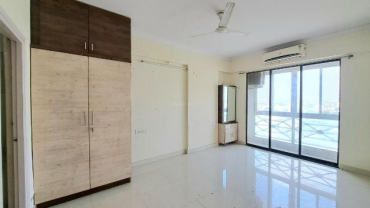Exploring Different Techniques for Sound Control
When it comes to acoustic comfort, soundproofing and sound deadening are two terms that frequently come up. The two concepts are different but complementary, and it is important to understand the distinction in order to address noise issues. In this blog post, we will break down the basics of soundproofing and Sound Deadening so that you can make informed decisions and improve your acoustic environment.
1. What is soundproofing?
Soundproofing is the process of reducing the amount of sound that enters or exits a room. This is usually achieved by adding sound barriers that absorb or reflect sound waves. Some examples of soundproofing materials include mass-loaded vinyl, fiberglass insulation, and acoustic foam. Soundproofing is commonly used in recording studios, home theaters, and bedrooms in noisy urban areas.
2. How does soundproofing work?
When sound waves hit a surface, they bounce off or pass through it. Soundproofing materials interrupt this process by absorbing or reflecting the waves. Mass-loaded vinyl is a common sound barrier that can block out up to 90% of sound. Acoustic foam, on the other hand, absorbs sound waves and prevents them from reflecting back into the room. Other soundproofing strategies include using heavy curtains or double-glazed windows.
3. What is sound deadening?
Sound deadening is the process of improving the acoustics within a room. This is achieved by reducing the amount of echo and reverberation. Sound deadening materials absorb sound waves and prevent them from bouncing around, creating a more balanced and pleasant acoustic environment. Sound deadening is commonly used in recording studios, conference rooms, and performance spaces.
4. How does sound deadening work?
Sound deadening materials are designed to absorb sound waves and prevent them from bouncing back into the room. This is usually achieved by using acoustic panels or sound-absorbing insulation. Acoustic panels are made from materials like fiberglass, foam, or wood and are installed on walls or ceilings. The panels absorb sound waves and prevent them from reflecting back into the room. Sound-absorbing insulation is also effective at reducing echo and can be installed in ceilings or between walls.
5. How to choose the right materials for your needs?
Choosing the right materials for soundproofing or sound deadening depends on your specific needs and budget. For soundproofing, it is important to consider the amount of noise you want to block out, as well as the size and layout of the room. Mass-loaded vinyl is a popular choice for blocking out sound, but it can be costly. Acoustic foam is also effective at reducing noise, but may not provide complete soundproofing. For sound deadening, consider the shape and size of the room, as well as the type of activities that will be taking place. Acoustic panels can be a stylish and effective solution, but may not be practical in smaller spaces.
Conclusion:
In conclusion, soundproofing and sound deadening are two essential tools for improving your acoustic environment. Soundproofing is the process of reducing sound transmission through barriers, while sound deadening seeks to improve internal acoustics by reducing echo and reverberation. Choosing the right materials for your needs depends on factors such as the level of noise, room size and layout, and budget. By understanding these basic concepts, you can create a more comfortable, quieter, and more enjoyable space.







